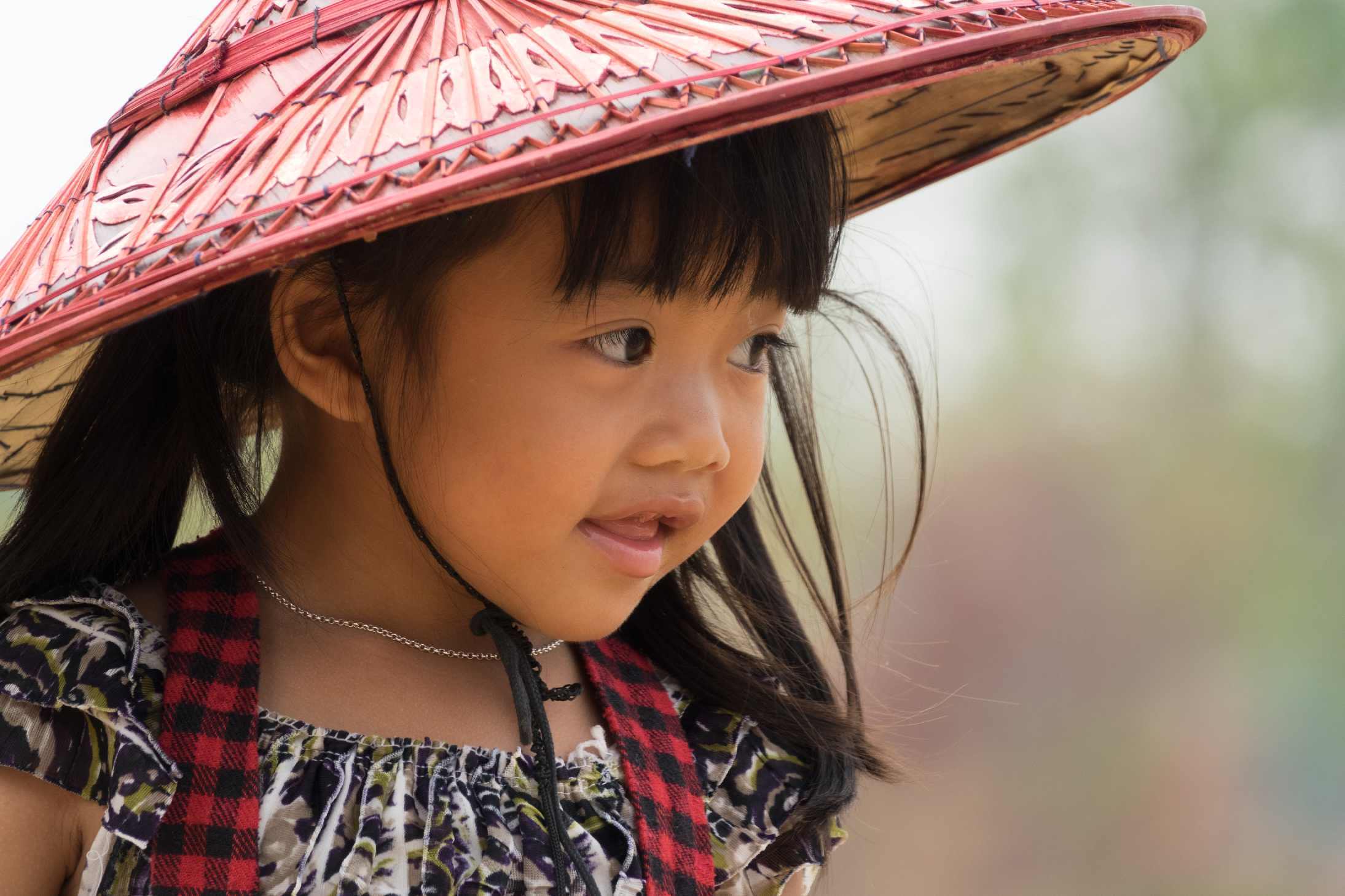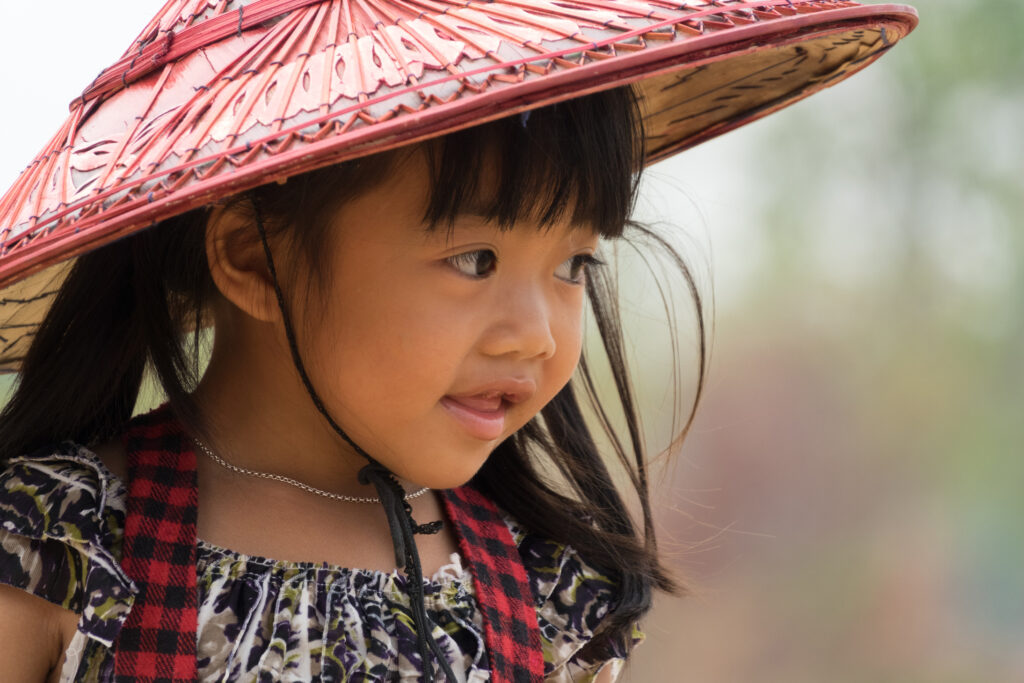
5 things you didn’t know about child labour
In 2021, child labour is not often in the news. It should be.
Child labour is defined as work that deprives children of their childhood. When a child is forced to work instead of play, she loses her easy laughter, her chance to learn in curious and creative ways, her growing pride and dignity as a small human, understanding her place in the world.

Of course, children don’t want to work. They do it because their survival depends on it. Because their parents don’t have the right jobs. Because social protection is weak. Because adults take advantage of their vulnerability. Because of deeply-held customs and traditions.
2020 was a year of harsh realities. Here’s another: the COVID-19 pandemic is threatening to reverse years of progress on child labour. Families are losing their jobs and, as money grows tighter, many are sending their children to work to make up the difference.
It doesn’t have to be this way. Read on to learn more about the common misconceptions around child labour that persist today, and how you can do your part to help end child labour by 2025.
- Child labour isn’t limited to low-income countries.
Contrary to popular opinion, child labour is not confined to developing or poor countries. It is actually a problem in all countries, to some extent. More than half of all child labourers live in lower-middle and upper-middle income countries.
Although the problem is most critical in developing countries, it is important to know that economic growth by itself does not eliminate child labour.
- Seven in ten children in child labour work in agriculture.
Most child labourers work in agriculture. These children are doing jobs that are often hazardous, relating mainly to subsistence and commercial farming and herding livestock. Of the 152 million children in child labour, 70.9% work in agriculture, 11.9% work in industries, and 17.2% work in services.
As climate change continues to displace families from their farms and into cities, this balance will likely shift.
- Some children work more than 43 hours per week.
Girls are much more likely than boys to shoulder responsibility for household chores. This form of work is not captured in the ILO’s child labour estimates, yet some girls perform chores for 43 or more hours per week.
Research suggests that household chores begin to negatively impact children’s ability to attend and benefit from schooling after 21 hours per week.
- COVID-19 is reversing progress.
Since 2000, child labour decreased by 94 million. But, that gain is now at risk. The COVID-19 pandemic has diminished or destroyed family incomes and, without support, many are turning to any available means to survive – including child labour.
To address the problem, we need more comprehensive social protection, easier access to credit for poor households, and adequate measures to get children back to school.
- You can help.
2021 is the International Year for the Elimination of Child Labour.
Individuals, as well as regions, countries, and organizations, can make a difference for children this year by making a 2021 Action Pledge.
Learn more by attending the Launch Event, where you’ll hear from former child labourers and experts in the field, and find out how you can get involved and stay connected throughout the year.
Let’s make 2021 for children.
Let’s #EndChildLabour2021.